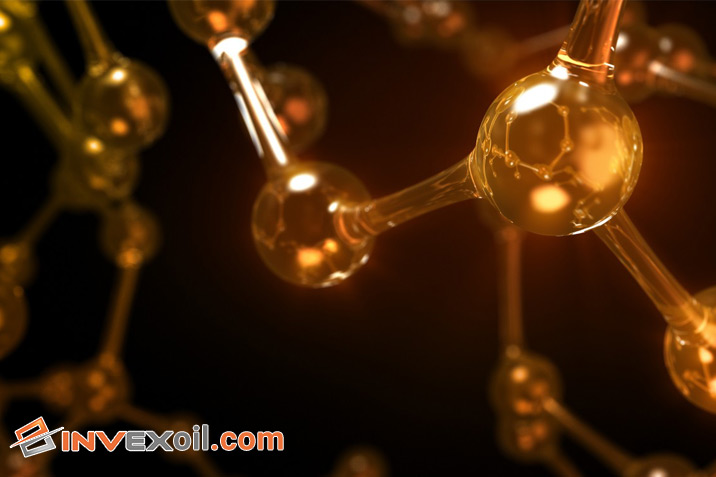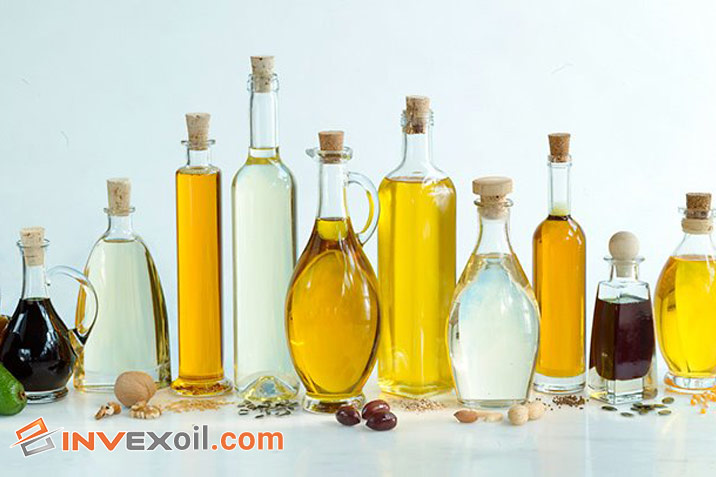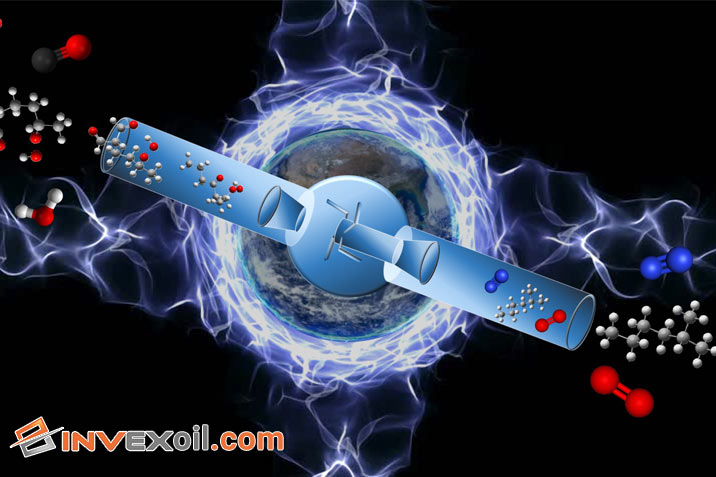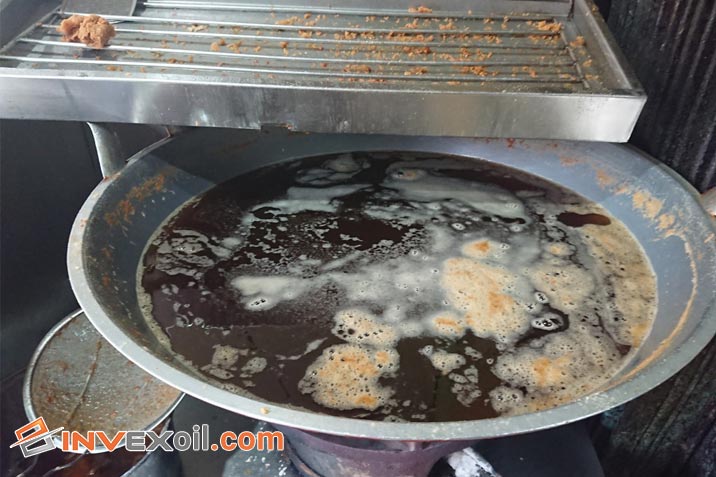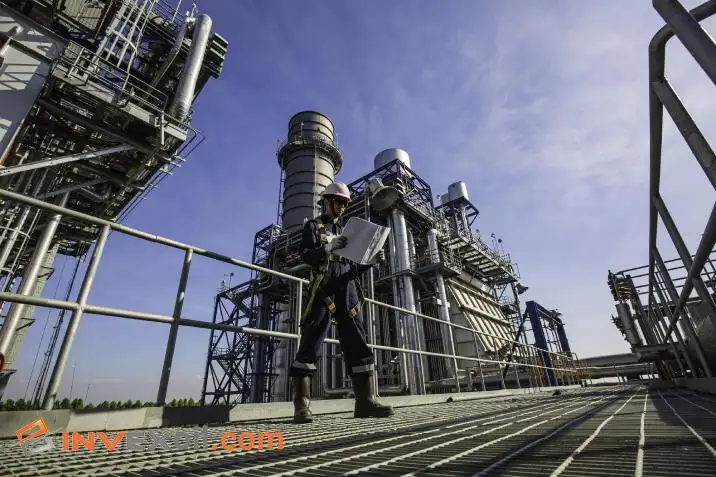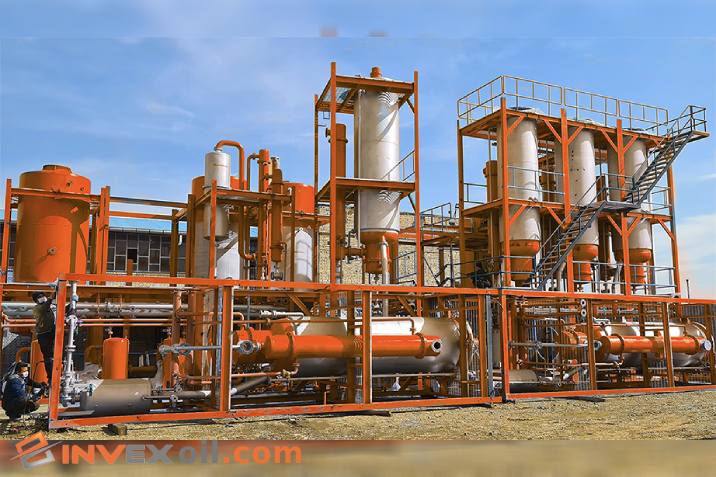Unstable and oxidized oil, a common woe, results from a complex interplay of chemical reactions. The molecular structure of oil, primarily consisting of triglycerides, becomes vulnerable when exposed to key factors like oxygen, heat, and light. These elements initiate oxidative processes, breaking down the oil oxidation stability that will need an oil regeneration process to recover.
Table of Contents
Different Types of Oxidation
Oil, a crucial element in our daily lives, is prone to oxidation. What’s oxidation, you ask? It’s a process where substances react with oxygen, and in the case of engine oil, it can lead to instability and engine oil degradation. There are two key players in this game:
- Autoxidation: This is a self-inflicted wound. Oil contains unsaturated fatty acids, and when they come into contact with oxygen in the air, they start a chain reaction. The result? finally, you have unstable and oxidized oil.
- Photo-Oxidation: Ever noticed how oil in a clear bottle turns rancid faster when exposed to sunlight? That’s because of photo-oxidation. Ultraviolet (UV) rays from the sun accelerate the oxidation process, making your oil go bad sooner.
Factors That Can Contribute to Oil Instability
Our article begins with a closer look at the factors that can turn our fine oil into an unstable and oxidized mess. These factors are the puzzle pieces that, when assembled, reveal the bigger picture.
1-Heat
When it comes to oil stability, heat is a formidable adversary. It triggers a cascade of chemical reactions, leading to the deterioration of oil quality. The temperature at which oil is stored or exposed plays a pivotal role in its stability.
Temperature Effects on Oil Stability Table:
| Temperature (°C) | Oxidation Rate (%) |
| 25 | 5 |
| 40 | 15 |
| 60 | 30 |
| 80 | 50 |
2-Light
Light, especially sunlight, is another formidable opponent in the battle against oil stability. Different types of light can accelerate the oxidation process in oil, making it go bad faster. The nuances of this relationship are highlighted in next table.
Light Exposure and Oil Oxidation Table:
| Light Type | Oil Oxidation Rate (%) |
| Natural Sunlight | 20 |
| Fluorescent | 15 |
| Incandescent | 10 |
| LED | 5 |
This table showcases how various types of light exposure affect oil stability. Natural sunlight, with its high oxidation rate, poses the greatest risk. Protecting your oil from light exposure is vital.
3-Oxygen
Last but not least, we explore the role of oxygen in the instability equation. Oxygen exposure can lead to oxidation, but careful storage in air-tight containers can mitigate this issue.
Oxygen Exposure and Oxidation Rates Table:
| Oxygen Concentration (%) | Oxidation Rate (%) |
| 0.1 | 2 |
| 0.5 | 5 |
| 1.0 | 10 |
| 5.0 | 30 |
Preventing Oil Oxidation and Instability
Oil, an essential ingredient in countless recipes, is susceptible to oxidation and instability over time. But fear not, for we have a powerful ally in antioxidants. These compounds swoop in to neutralize the harmful effects of oxidation, preserving the quality of your oil. You can find these materials in the next important table.
Antioxidants and Their Efficacy Table:
| Antioxidant Type | Application Method | Effectiveness (%) |
| Vitamin E | Mixing into oil | 85 |
| BHA (Butylated Hydroxyanisole) | Adding to packaging material | 90 |
| BHT (Butylated Hydroxytoluene) | Adding to packaging material | 88 |
| Rosemary Extract | Mixing into oil | 80 |
Environmental Impact of Oil Oxidation and Instability
While we often think of oil in the context of cooking and flavor, it’s essential to recognize cooking oil environmental impact. Let’s next featured table to get a comprehensive overview.
Environmental Consequences of Oil Oxidation Table:
| Consequence | Impact |
| Pollutants Released | Air and water pollution |
| Ecosystem Disruption | Altered aquatic and terrestrial ecosystems |
| Potential Health Hazards | Respiratory issues and more |
This table paints a clear picture of the environmental havoc that oil oxidation can wreak:
- Pollutants Released: When oil oxidizes, it releases pollutants into the air and water. These pollutants can contribute to smog formation and contaminate water bodies, harming both the atmosphere and aquatic life.
- Ecosystem Disruption: Oil oxidation can disrupt ecosystems. Aquatic ecosystems, in particular, are vulnerable to oil contamination, which can lead to fish kills and the degradation of habitats.
- Potential Health Hazards: The pollutants released during oil oxidation can pose health risks to humans. Respiratory issues and other health problems may arise from exposure to these pollutants.
Mitigating the Environmental Impact
To reduce the environmental impact of oil oxidation it is important to know how to properly dispose of used cooking oil:
- Properly store and dispose of used cooking oil to prevent contamination of waterways.
- Support sustainable practices in the oil industry to minimize environmental harm.
- Consider alternatives to fossil-based oils, such as plant-based oils, which often have a smaller environmental footprint.
Conclusion
In this knowledge-based article, we have learned many aspects of Unstable and oxidized oil to understand more about them. We’ve given you base information about the chemicals behind oil instability, with a focus on its molecular composition and the key culprits: oxygen, heat, and light. Armed with this knowledge, you can protect your oil’s integrity.
FAQ
What causes oil to become unstable and oxidize?
Oil instability and oxidation result from exposure to oxygen, heat, and light.
How does unstable and oxidized oil affect cooking?
Unstable oil can produce off-flavors and reduce the quality of cooked dishes.
Are there health risks associated with oxidized oil?
Consuming oxidized oil may lead to health issues, including inflammation and oxidative stress.

Hello, This is Matteo Hudson Copywriter from InvexOil. We are here to provide super-important content to help you learn more easily and be involved in the world of Petroleum and Chemistry. We are here to answer your questions, help you to have better services, and also find the best solution for your problems. Don’t be shy and ask your questions in the comment box or call our number. If you want to connect with me directly, you can search for my name on Linkedin.

